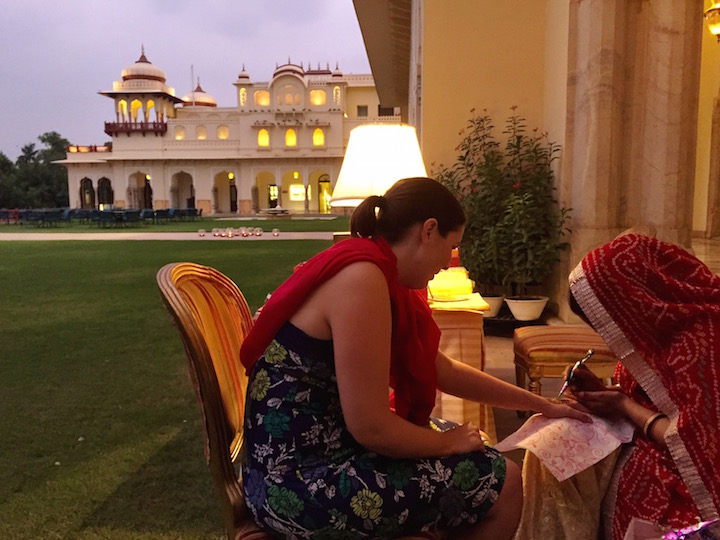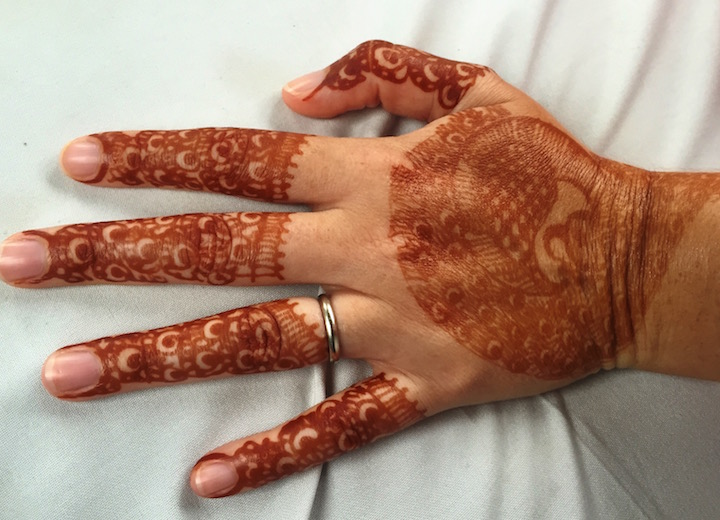The luxurious Rambagh Palace
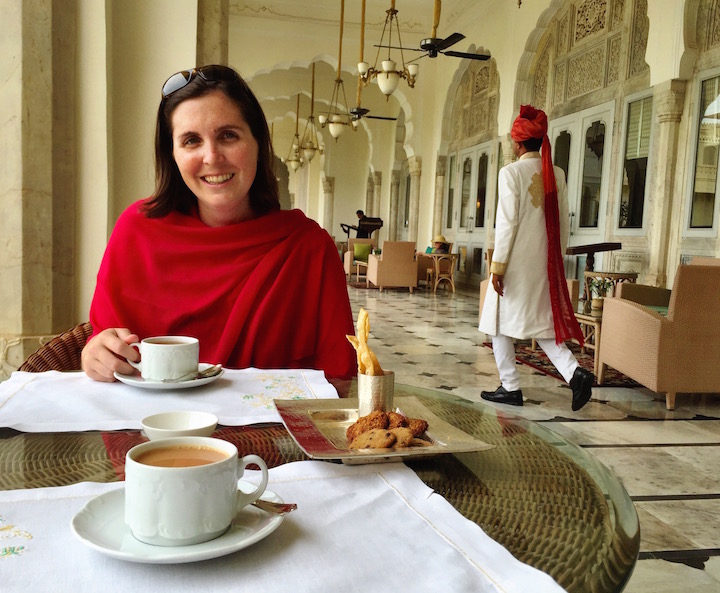
Enjoying afternoon tea on the palace terrace
Our last stop in the Golden Triangle was Jaipur, 150 miles west of Agra. One of the highlights of our time here was staying at the Rambagh Palace, which was once the royal home to the last Maharaja (king) of Jaipur State, Sawai Man Singh, and his 3rd wife Gayatri Devi.
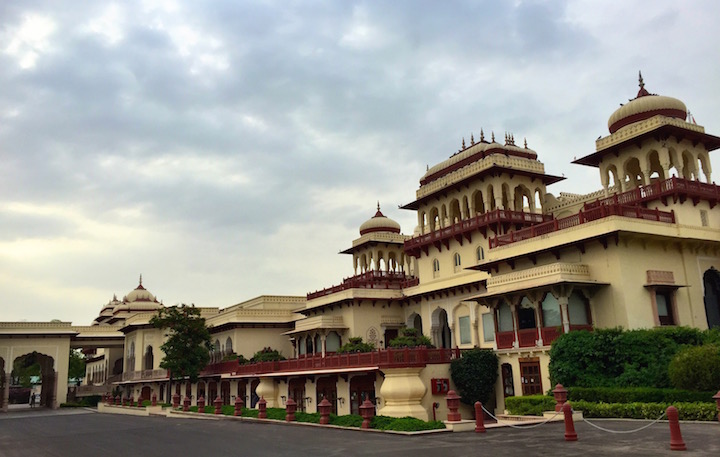
The palace was built in 1835, originally as a hunting lodge, but was later upgraded to accommodate the luxurious standards of royalty. In the seventies, the palace was converted to a luxury hotel by the Taj Hotel group, who have continued the royal treatment with hotel guests - including showering them with rose petals and a wreath of jasmine petals upon arrival. The palace includes exquisite marble work, hand-painted wallpaper, and extravagant chandeliers - all original to the royal palace. It was hands down the nicest hotel we've ever stayed at.
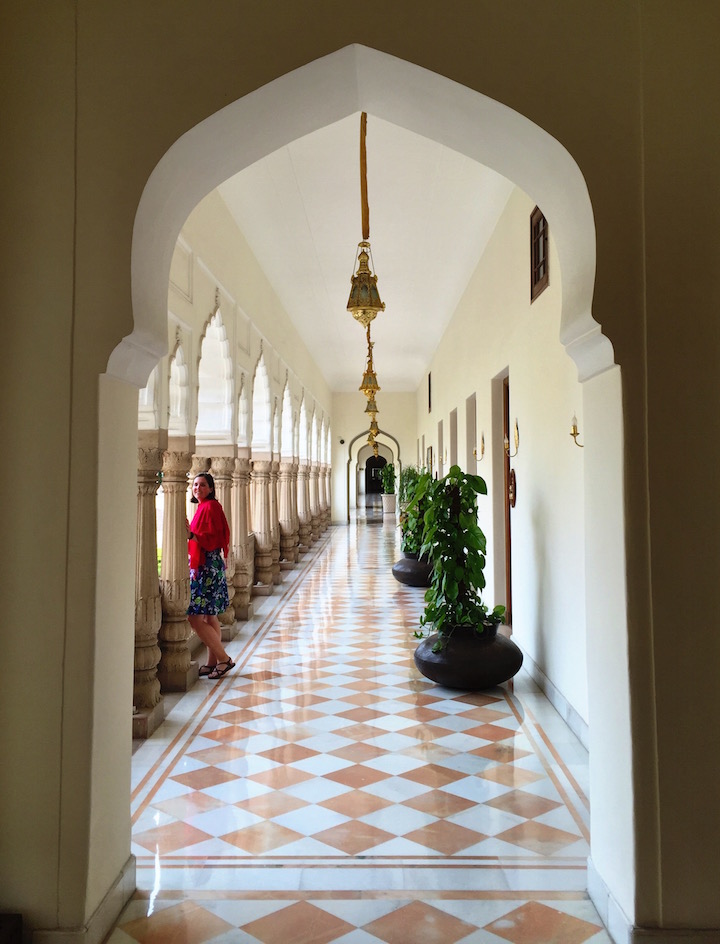
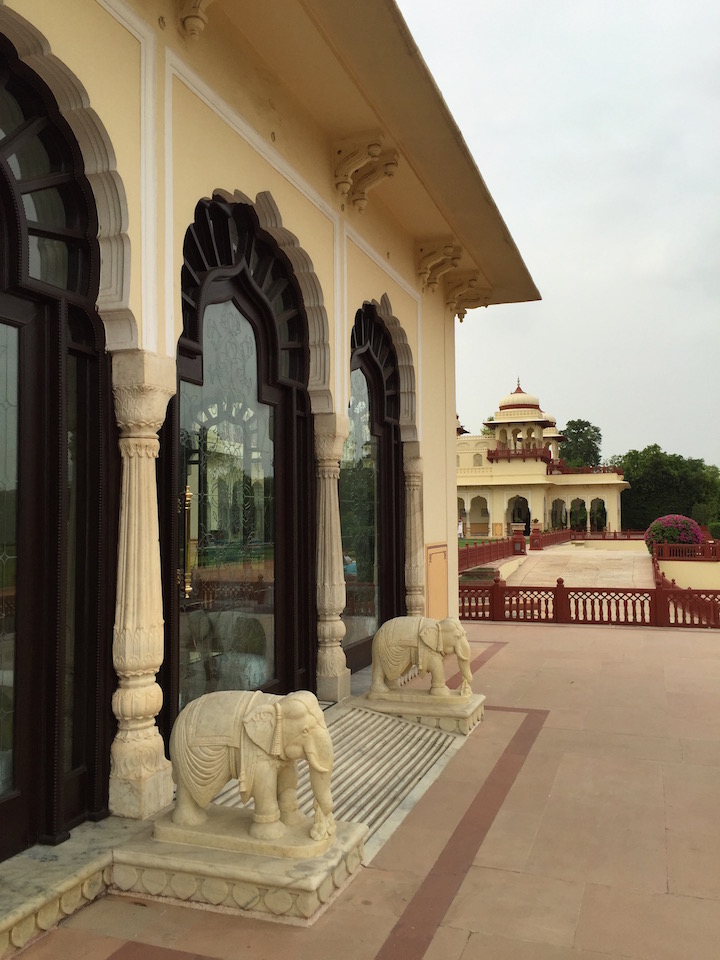
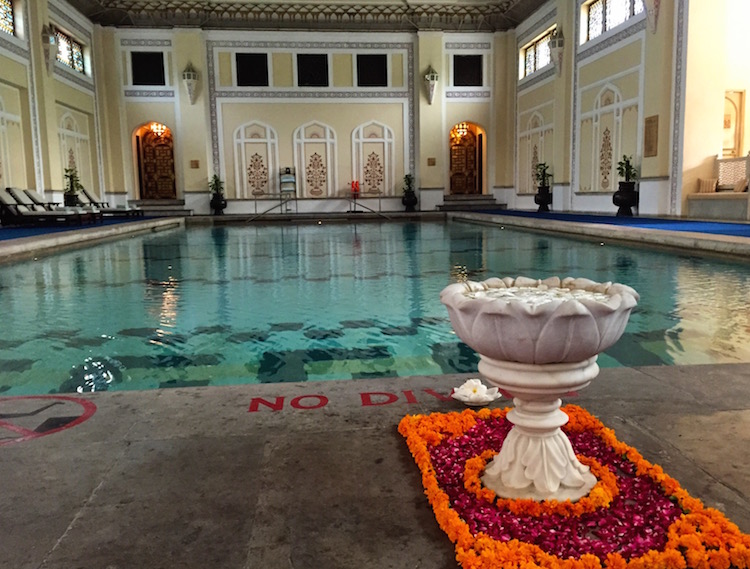
The palace grounds include 40 acres of gardens, which are home to a variety of native species of birds, including over 120 wild peacocks. Because the peacock is the national bird of India, law forbids feeding and domesticating them - so they run wild on the Rambagh property. They were literally everywhere - in trees, and on top of buildings - and their distinctive squawks filled the air.
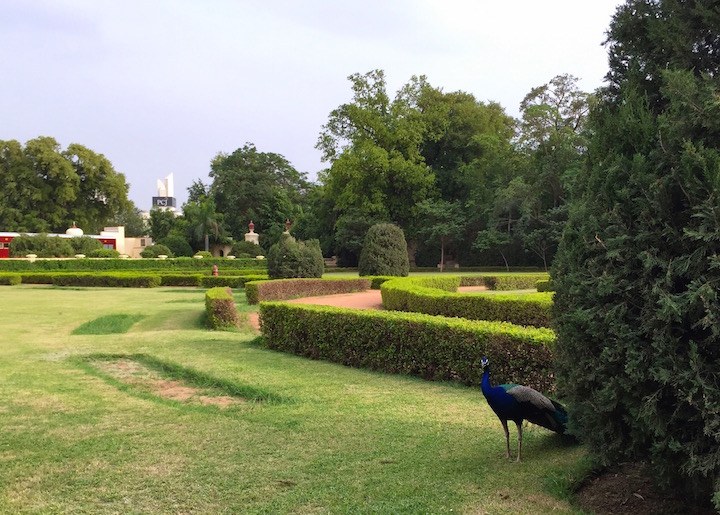
The summer monsoon season is a favorite of the peacock - the feathers of the males grow the longest during this time, and when unfurled reach a height of 7 feet tall. We witnessed the strange mating dance many times during our stay, including the one below captured from our hotel window (played at 1.5x speed):
At dusk one evening Ashley was treated with a beautiful traditional Henna by a local artist (temporary body art). In celebration of the local bird, she chose the design of a peacock. Below you can see the incredible detail of the peacock feathers.
